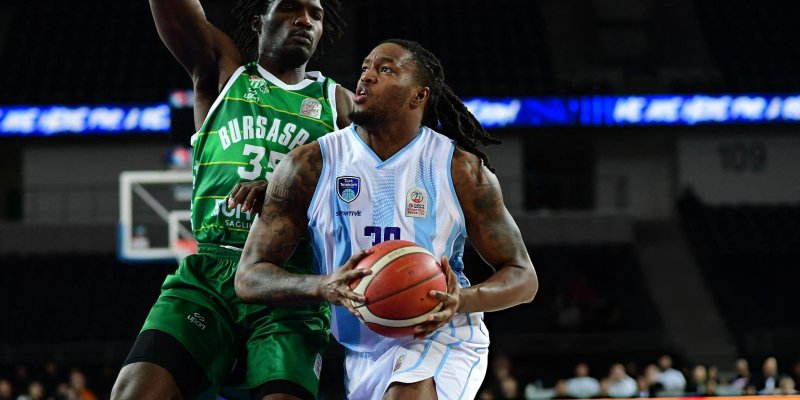
When Michael Jordan appears on television, the topic itself moves to the background. Bill Simmons noted exactly this while commenting on NBC’s new “Insights to Excellence” feature, which debuted during the halftime of the Oklahoma City — Houston game. The NBA legend said very little — and it was enough to keep viewers glued to their screens. With Jordan, a simple rule applies: it’s less what he says and more the fact of his presence that becomes the content.
Short Format — Big Resonance

NBC introduced a talk-focused block in halftime — the airtime slot with the highest attention, where analysis, highlights, and quick interviews traditionally sit side by side. Judging by the structure, it’s a series of pre-recorded conversations cut into episodes. This format fits viewers’ habits perfectly: in 2–3 minutes they get a “headline takeaway,” and the network gets a reason to return to the topic from broadcast to broadcast. Even if there are no bombshell revelations in a given installment, episodicity and the guest’s name create sustained interest.
The Jordan Effect: Charisma You Hear Between the Lines
Simmons admits frankly: it’s hard to recall precise quotes, but it’s effortless to listen to Michael. That’s the classic “Jordan effect.” His timbre, his pauses, his way of leading to a thought — all are part of the myth woven over years of dominance in the league. In sports terminology, it’s akin to “superstar gravity”: just as he drew two or three defenders on the court, in the studio he pulls in all the attention — from audience interest to editorial decisions.
Why “Ordinary” Stories Work in Prime Time

The debut fragment offered a domestic vignette — a rented house with a basketball court. Tomorrow, Simmons jokes, Jordan could tell us how he orders a steak. And it would be just as watchable. The reason is simple: the audience shows up not for a sensation but for access to experience. In the age of endless clipping, the scale of the subject matters less than trust in the narrator. Jordan’s credit here is limitless: any everyday detail instantly turns into a “small success story,” where you can read discipline, a hunger to compete, and a standard of quality.
Halftime as a Media Strategy: NBC Boosts Retention
By placing “Insights to Excellence” in the break, NBC solves several tasks at once. First, it improves viewer retention between quarters — instead of drifting to a smartphone, the fan stays on the channel. Second, it turns a routine break into an “event within the event.” Third, it creates a serial rhythm: viewers await the next installment just as they await the on-court resolution. From a production standpoint, it’s a high-conversion way to turn a minute of airtime into brand value.
Bill Simmons: When the Fan Outweighs the Critic

Simmons is a media veteran, someone who can sort sport into neat boxes. Yet even he honestly yields to the fan within. “It isn’t so important what exactly he said — what matters is that Jordan said it” — there’s no capitulation in that thought, only an acknowledgment of status. Essentially, it’s a “verification by charisma”: sometimes a speaker’s name is sufficient content, and the editorial task is simply not to get in the way.
What’s Next: Seriality and Measured Doses Over Sensations

The main intrigue of the feature isn’t in splashy headlines but in careful dosing. NBC can alternate domestic snapshots, mini-lessons on leadership, and brief memories from the floor. Each insert is like a well-measured set play: if the goal is to bank reliable points and maintain tempo, you don’t have to finish every possession with a dunk. Jordan’s tempo is ideal: he never overloads with detail, yet always leaves room to anticipate the next episode.
The bottom line is simple: Jordan’s appearance turns any broadcast into an event. In a world where information noise is measured in thousands of clips per hour, NBC has found a rare resource — presence that creates meaning on its own. And as long as viewers are ready to listen to Michael “about anything,” the format will keep working at full strength.








